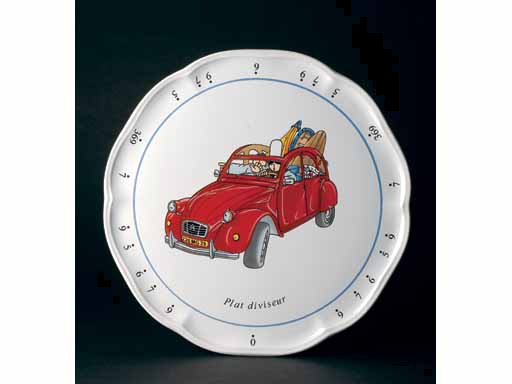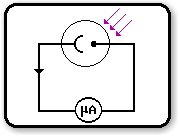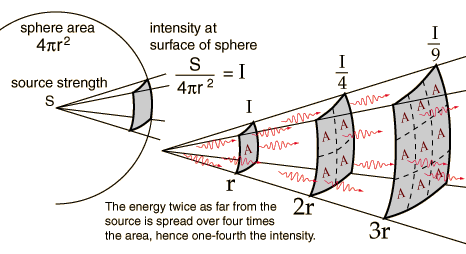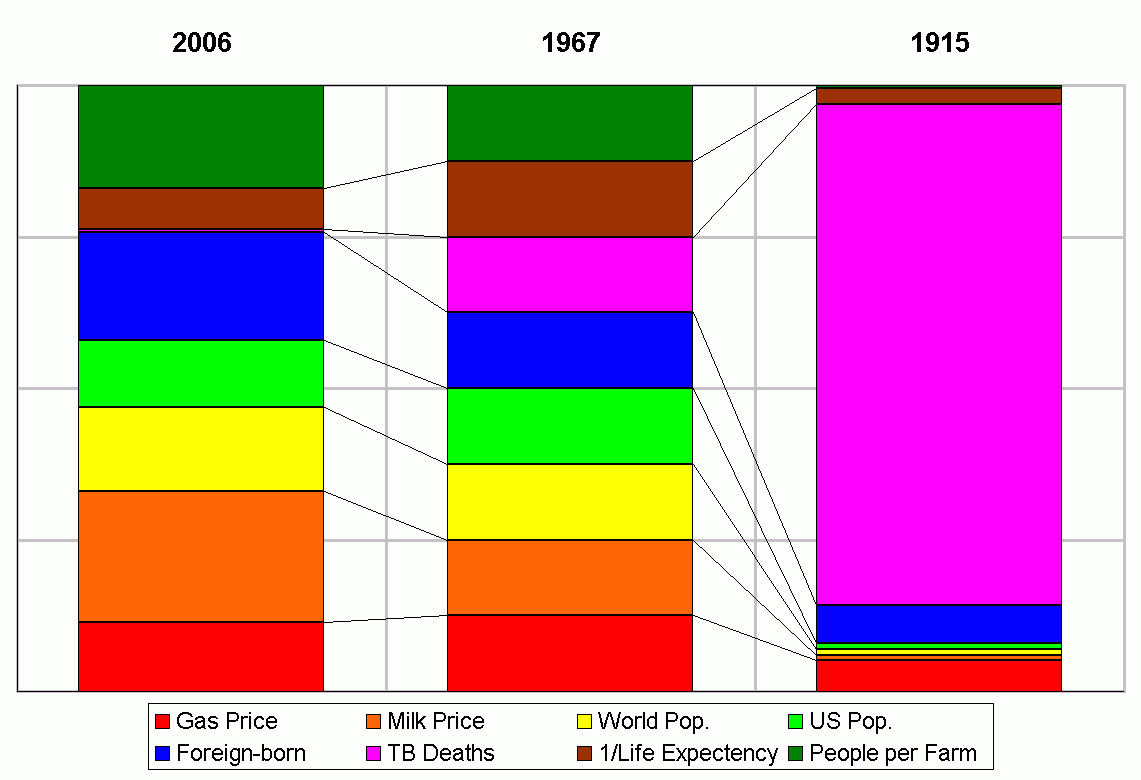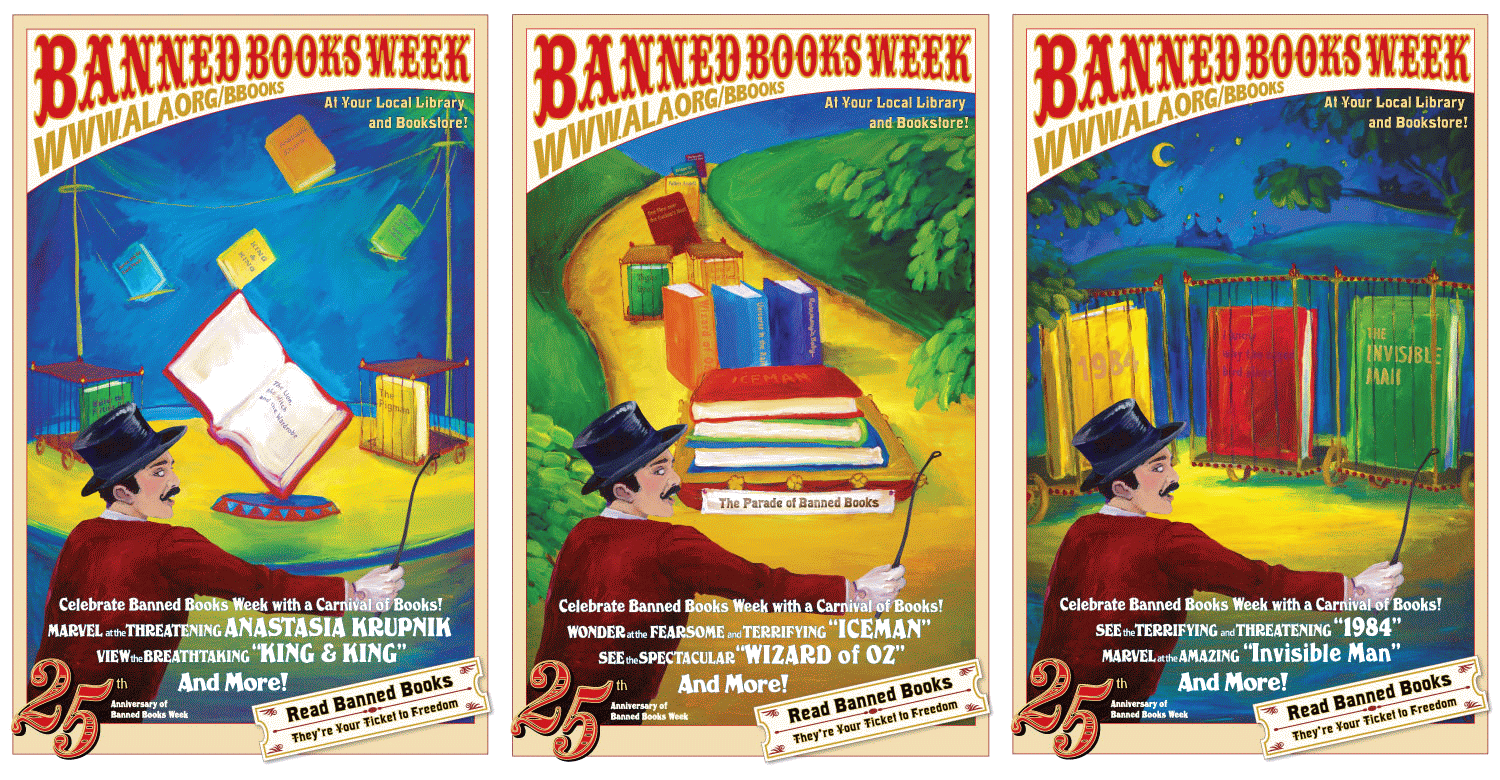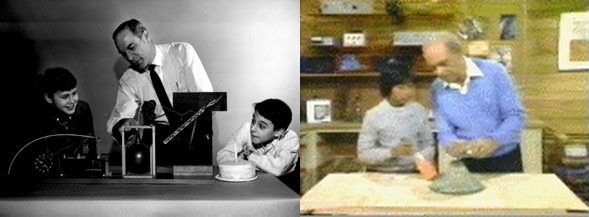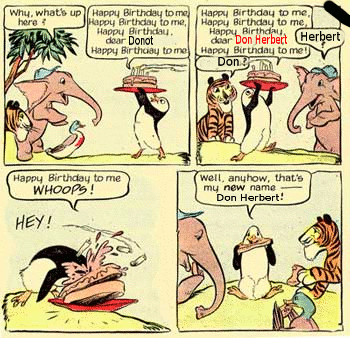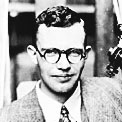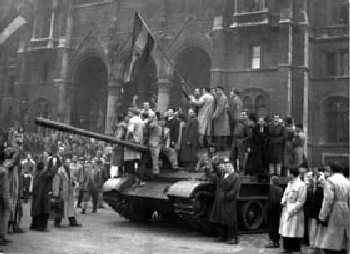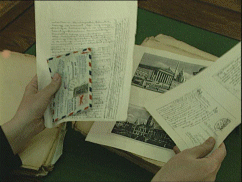Combinational Mathematics = Combinatorial + Recreational
Thursday, May 3rd, 2007Web 2.0 is all about community. WetPaint introduced a service which makes creating Wikis a snap. It’s free (they provide the google ads). So I created a Wiki called Combinational Mathematics for the combinatorists and recreational math ethusiasts among you (the URL: http://cmath.wetpaint.com/ is simpler than the title). For starters there is a book list (7, including 2 online pdf books [1], [2]); a links list (9); and a list of other math Wikis (8).
I also used a web widget from OUseful Info‘s blog to create a “carousel” of similar books. It’s really simple. Just enter the URL: http://blogs.open.ac.uk/Maths/ajh59/similarCarousel.php?isbn=ISBN&size=3 , substituting the ISBN code, which can be found here or here.  The size is the width of the carousel.
In short, it is already a fun site! Check it out. And by all means don’t contribute . . . NOT! You can buy the beautiful French plates here. Go figure how it helps you slice a pie.
